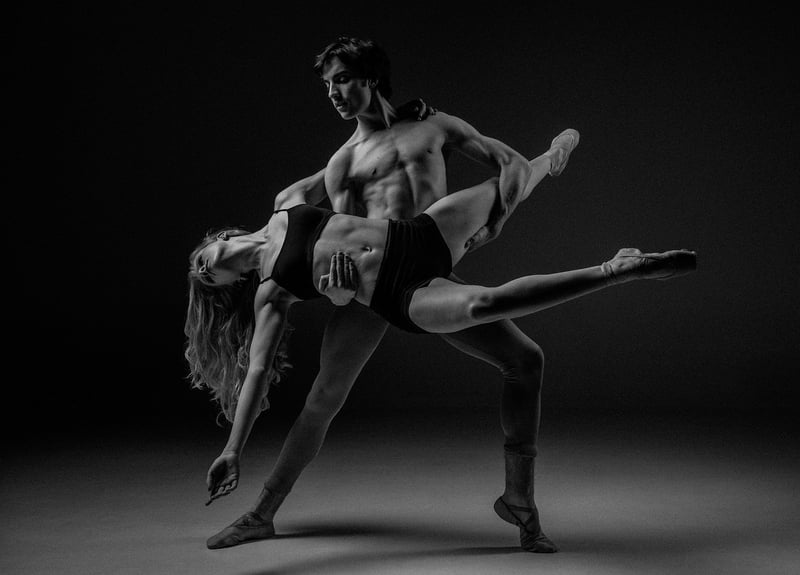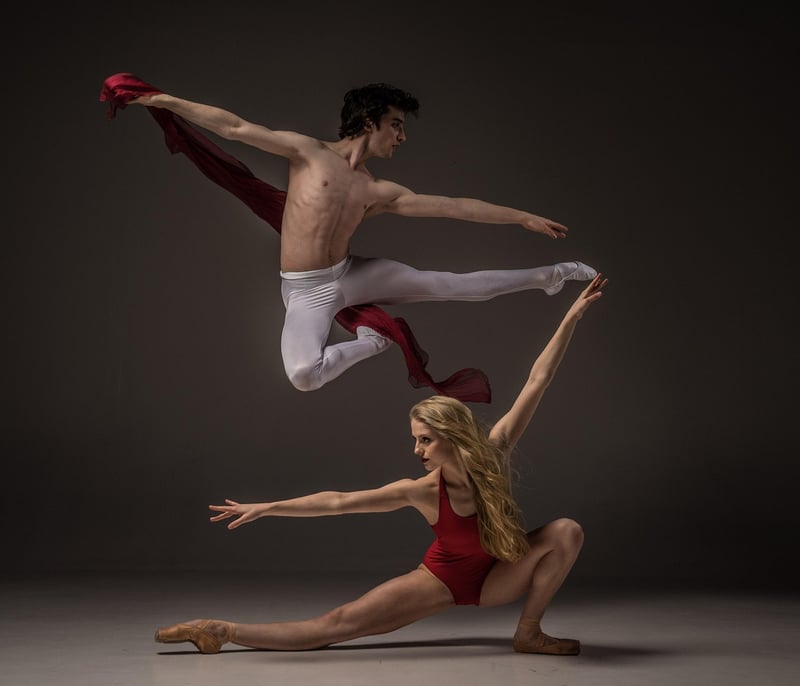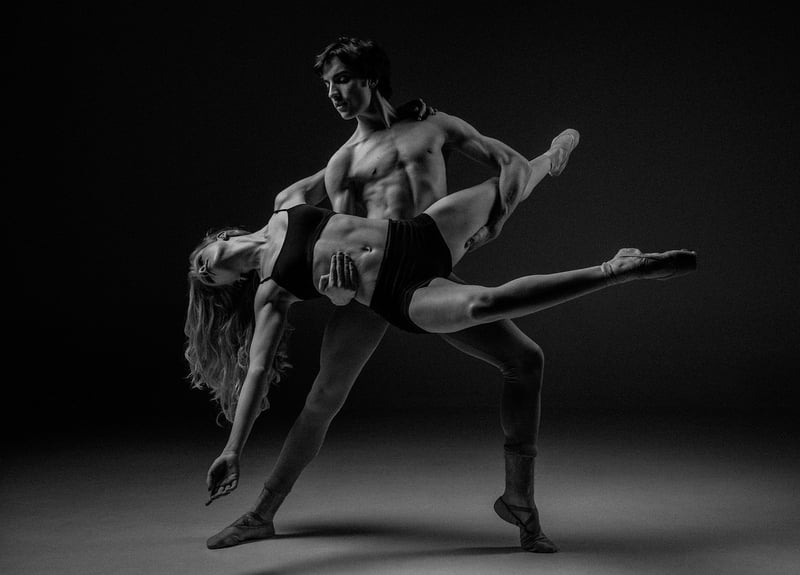Ballet
The Art of Expressive Movement in Ballet

Ballet is a timeless art form that combines grace, strength, and emotion to create beautiful performances that captivate audiences around the world. One of the key elements that make ballet so mesmerizing is the use of expressive movement.
What is Expressive Movement in Ballet?
Expressive movement in ballet refers to the use of body language, facial expressions, and gestures to convey a wide range of emotions and tell stories without words. Dancers use their entire bodies to express feelings such as love, joy, sadness, anger, and more, allowing the audience to connect with the performance on a deeper level.
The Importance of Expressive Movement
In ballet, expressive movement is essential for communicating the narrative of a ballet piece and evoking an emotional response from the audience. By mastering the art of expressive movement, dancers can bring characters to life, create compelling storytelling, and leave a lasting impact on spectators.
Techniques for Enhancing Expressive Movement
There are several techniques that ballet dancers use to enhance their expressive movement:
- Port de Bras: The carriage of the arms that helps convey emotions and create beautiful lines.
- Facial Expressions: Using the face to express the character's feelings and engage the audience.
- Body Alignment: Maintaining proper alignment to project strength and grace in movements.
- Use of Space: Utilizing the stage space effectively to enhance storytelling and emotional impact.
Expressive Movement in Famous Ballets
Many iconic ballets are known for their powerful expressive movement, such as:
- Swan Lake: The delicate and emotive movements of Odette, the White Swan, and Odile, the Black Swan.
- Romeo and Juliet: The passionate and dramatic expressions of the star-crossed lovers through dance.
- The Nutcracker: The enchanting and whimsical gestures that bring the holiday classic to life.
Mastering expressive movement in ballet requires dedication, practice, and a deep understanding of the music and story behind each performance. It is through the art of expressive movement that ballet dancers can truly connect with their audience and create unforgettable moments on stage.
Experience the magic of ballet through the art of expressive movement and witness the beauty of storytelling through dance.

Let the enchanting world of ballet transport you to a realm where emotions speak louder than words, and movements convey tales as old as time.
